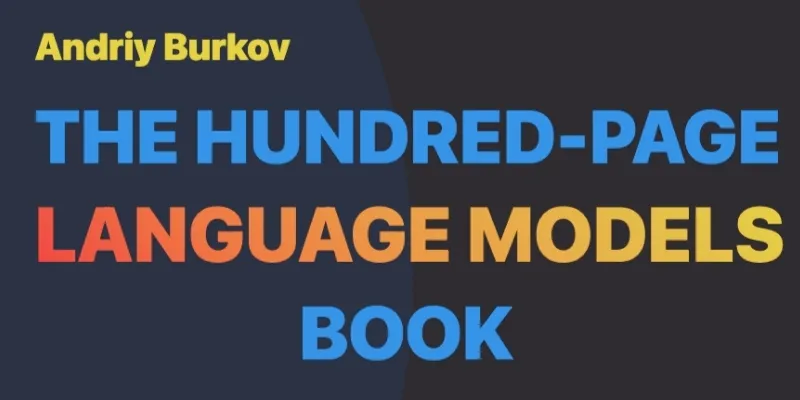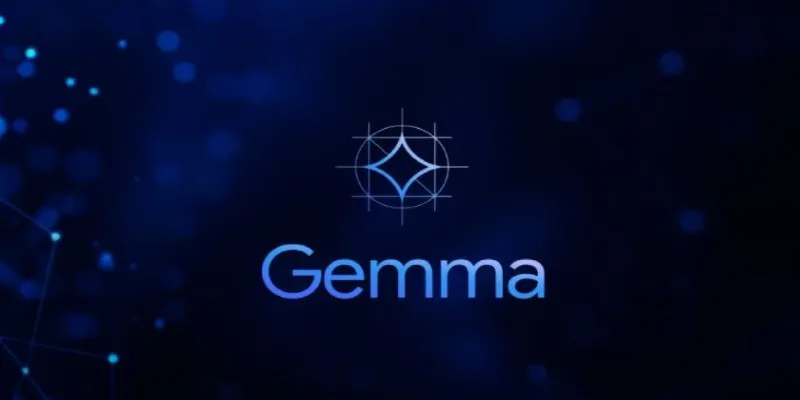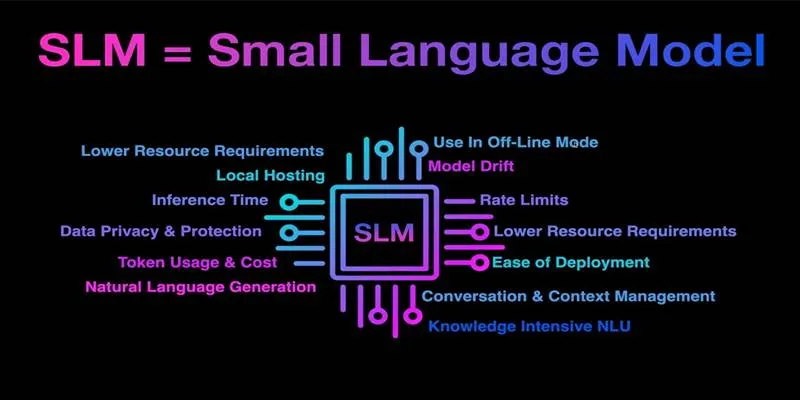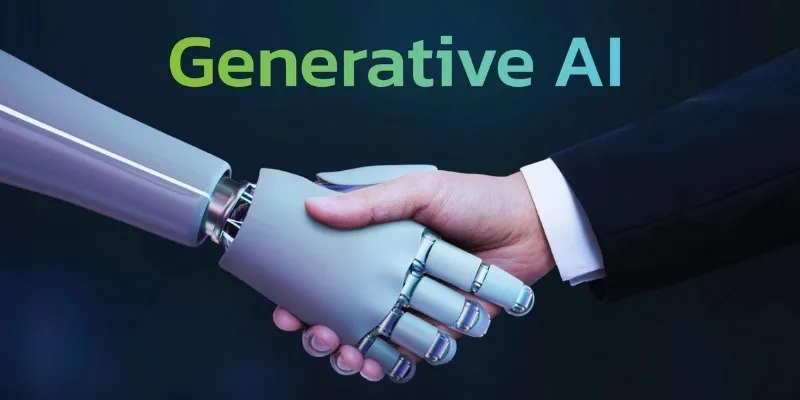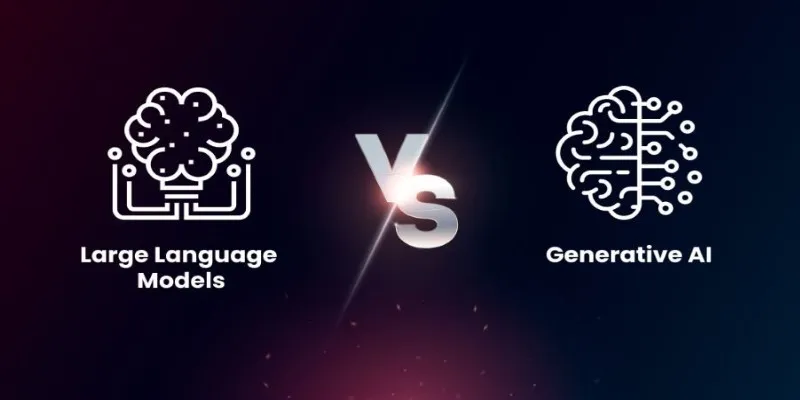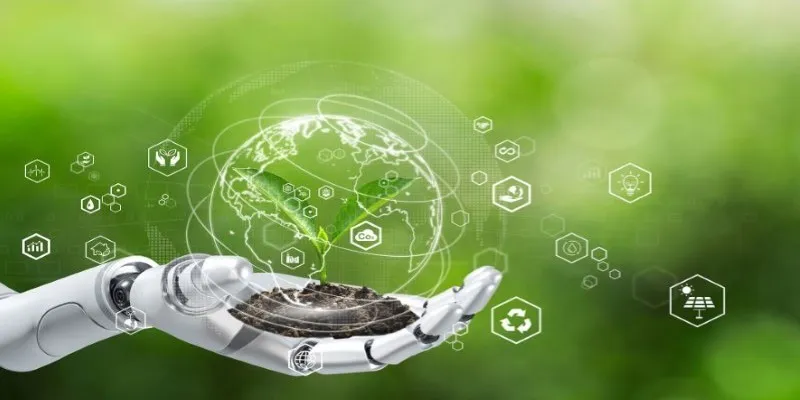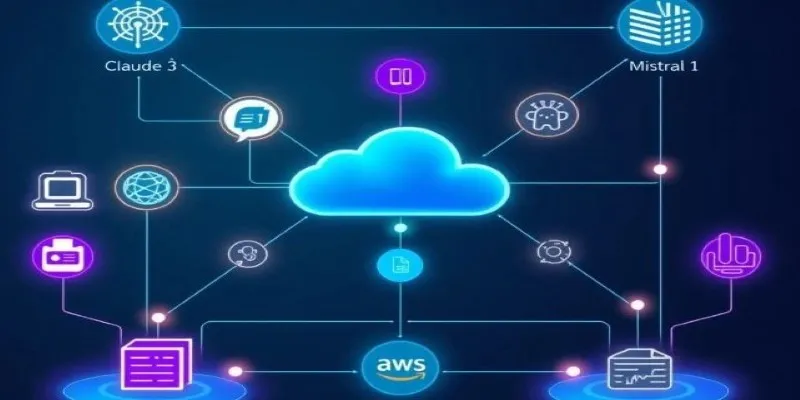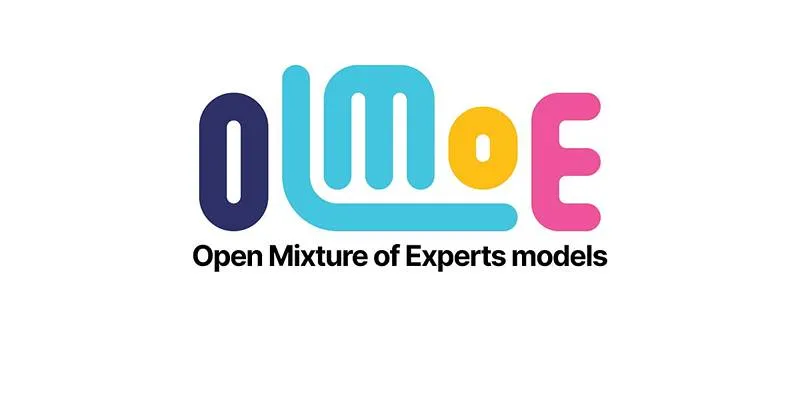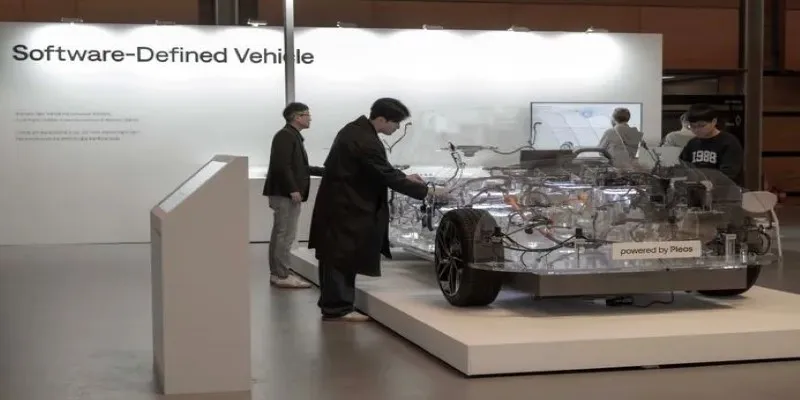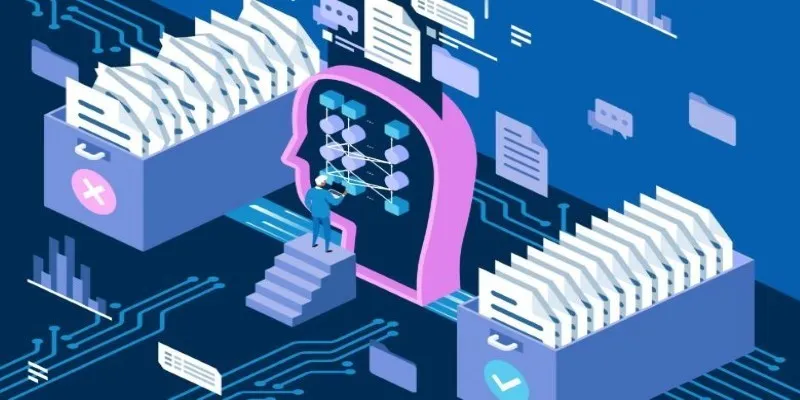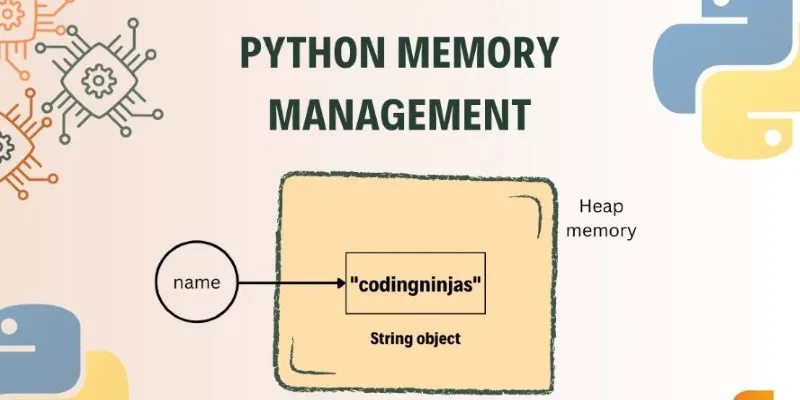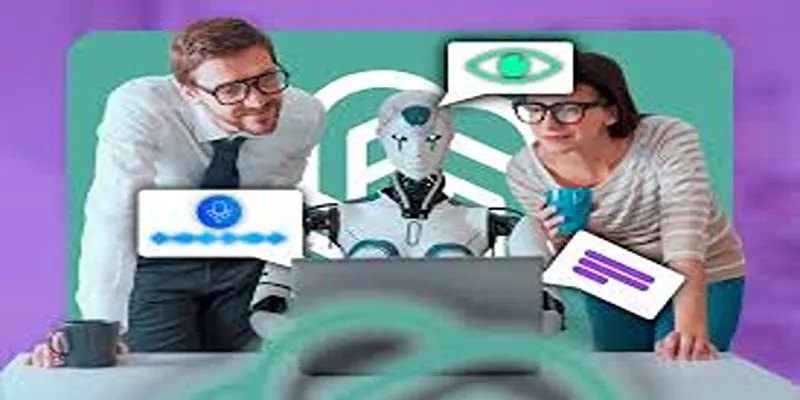Large language models have rapidly evolved in recent years. Once a niche technology, AI now plays a significant role, from summarizing medical studies to crafting poetry. In 2025, the latest generation of models has made remarkable strides in performance, versatility, and natural language processing. Before we dive into the top models available today, let’s clarify what makes a language model exceptional.
What Makes a Language Model Stand Out?
All LLMs are designed to understand and generate human language. However, not all excel in sounding human-like. The leading models in 2025 go beyond merely filling in blanks or spitting out keywords. They grasp nuances, remember context, and maintain a consistent tone. While some excel at reasoning, others are quicker, and some are trained with specific goals, like coding or education.
The top models distinguish themselves by their adaptability across various tasks. One model might excel at summarizing legal documents, while another can transform rough notes into polished blog posts. The best models don’t just respond — they adapt, leading to fewer edits, smoother interactions, and results that feel like they come from a person who truly understands the task.
Now, let’s explore the language models that are worth knowing about this year. Each model offers something unique — and that’s precisely the point.
GPT-4 Turbo (OpenAI)
GPT-4 Turbo is likely the most discussed model. It’s not only faster than the standard GPT-4 but also more efficient, with extended memory capabilities, allowing it to handle larger tasks without losing track of earlier input. It’s widely used in education, writing, support, and coding. A notable advantage? It’s trained with data up until late 2023, making it feel current and less robotic.
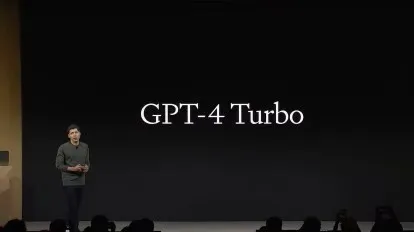
Users appreciate its balance of personality and precision. It can adapt its tone from casual to professional based on input and rarely veers off course mid-response. It’s also the backbone of ChatGPT Pro, already popular among users.
Claude 3 (Anthropic)
Claude is known for its careful approach — not in a dull way, but in maintaining clear, safe, and steady responses. Claude 3 offers smoother interactions and is more attuned to lengthy conversations. With examples provided, it improves over time.
It’s favored by companies that require consistent tone and clarity, like tutoring platforms, writing assistance, and customer support. Its standout feature is avoiding guesses when uncertain, opting for honesty, which builds trust.
Gemini 1.5 (Google DeepMind)
Gemini is Google’s response to the evolving LLM landscape, and version 1.5 brings significant upgrades. It handles text, images, and code, managing thousands of lines of input — be it a lengthy document or a technical manual. This makes it invaluable for research, legal work, and contexts where details matter.
Gemini doesn’t just summarize; it highlights key points and explains concepts as if addressing a person, not a machine. For Google Workspace users, Gemini integrates seamlessly with Docs and Sheets.
Mistral 7B & Mixtral (Mistral)
These models are compact yet powerful. Mistral 7B is an open-weight model that’s easy to run locally, while Mixtral uses a method called mixture-of- experts. Essentially, Mixtral only uses necessary components each time, making it faster and more resource-efficient.
Developers, researchers, and startups appreciate these models for their power without needing extensive hardware. Despite their size, the output remains sharp, readable, and impressively well-structured.
Command R+ (Cohere)
Command R+ specializes in retrieval-augmented generation (RAG), meaning it enhances responses by pulling in external information — ideal for industries needing rapid, fact-based outputs, like tech support, knowledge bases, and finance.
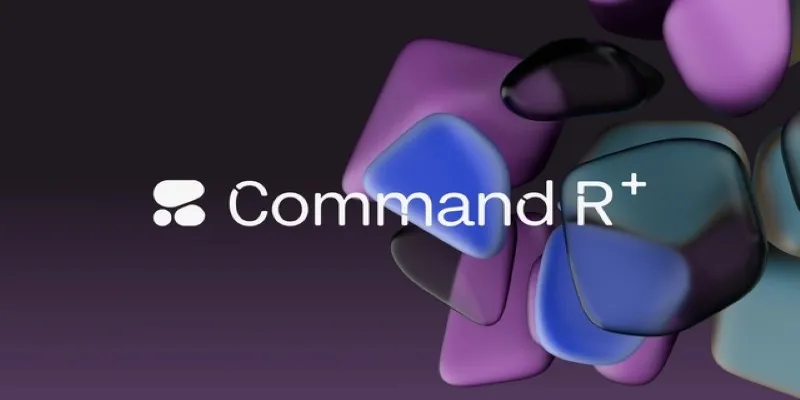
It isn’t focused on creativity but on speed and precision. Given documents, articles, or instructions, it merges them clearly, delivering accurate information swiftly without unnecessary fluff.
LLaMA 3 (Meta)
Meta’s latest LLaMA model emphasizes openness. LLaMA 3 caters to casual users and developers wanting to train their versions. It’s open-weight, allowing for customization and app development without Meta’s servers.
LLaMA 3 is notable for its balance between performance and flexibility. It excels at following directions, crafting clean copy, and summarizing without sounding rigid. And with offline capabilities, privacy-conscious users find it a reliable option.
Closing Thoughts
Language models are no longer just background technology. They influence how we search, write, research, and create. Whether you need a model that’s fast and flexible, slow and careful, or private and customizable, 2025 offers options that fit these needs. It’s not about finding the “best” one, but the one that aligns with your requirements. These six models illustrate the progress in this field, and the pace is only accelerating. Smarter tools are becoming more prevalent. Now is the perfect time to find a model that complements your workflow.
 zfn9
zfn9


